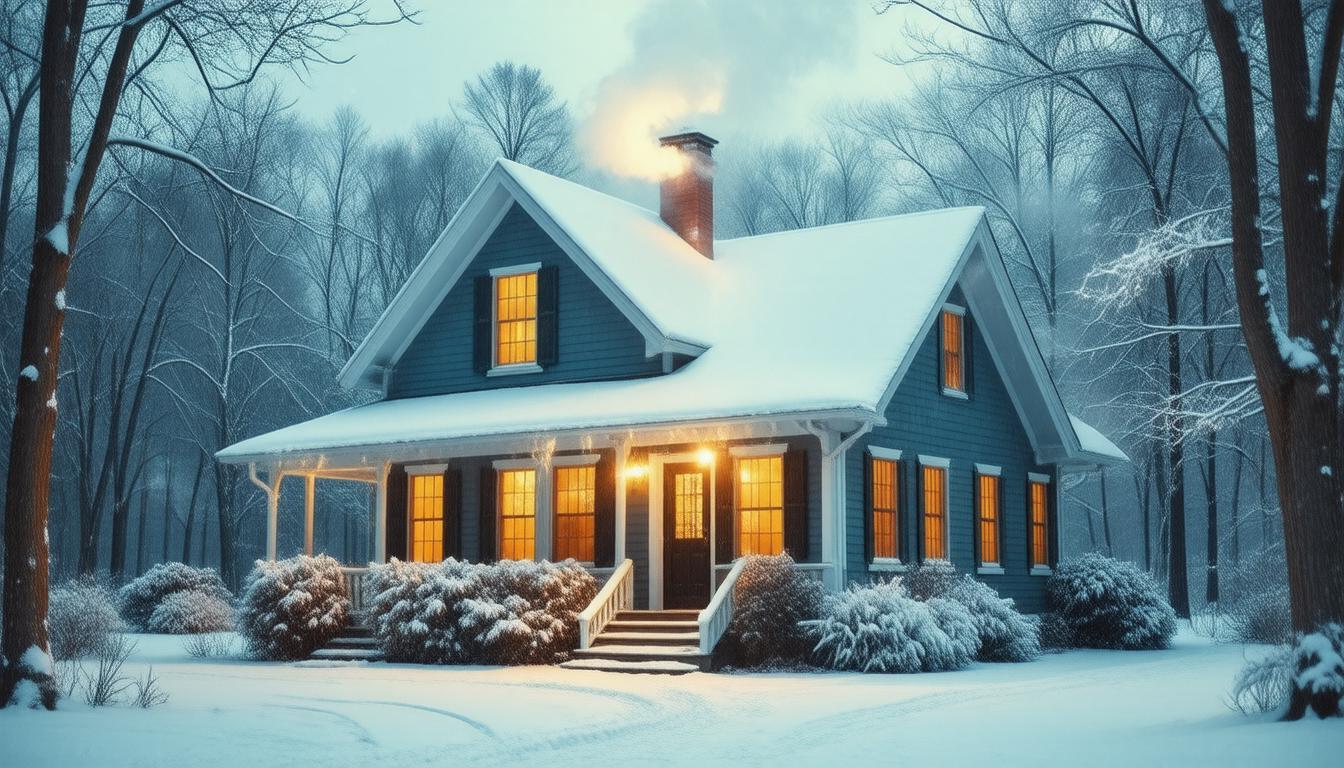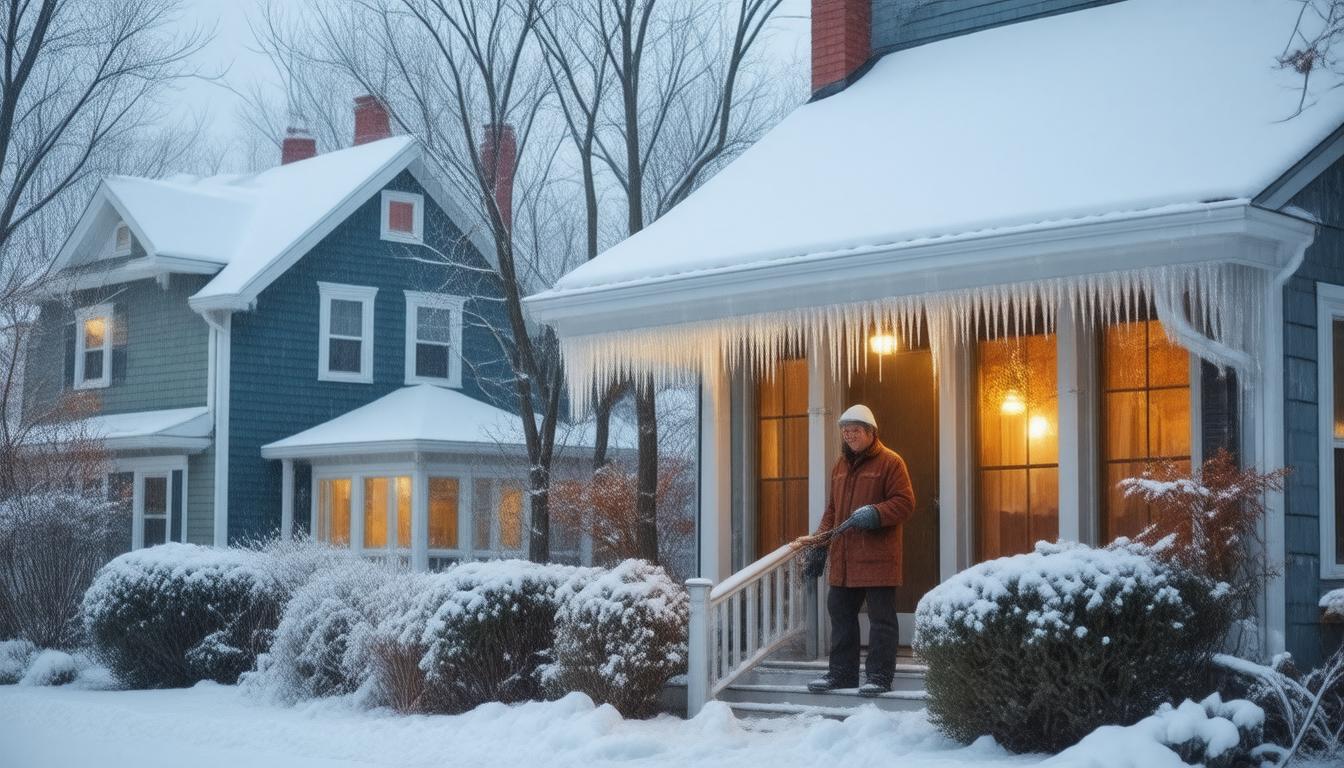

Understanding the Home Inspection Process
For many buyers, a home inspection is an essential part of purchasing real estate. It serves as a protective measure to ensure you are aware of any issues in a property before completing the transaction. Understanding what happens during a home inspection can help homeowners and potential buyers prepare effectively for what might be revealed.
What is a Home Inspection?
A home inspection is a thorough evaluation of the physical condition of a property. It is typically conducted by a licensed professional who will assess various aspects of the house to identify any existing problems and potential concerns. The inspector will provide a report detailing their findings, which can influence negotiations and may be used to adjust the final selling price or contract terms of the house.
Key Components Inspected
During a home inspection, several key areas and components of the house are reviewed:
- Structural Elements: This includes the foundation, walls, floors, and roof structure to ensure everything is structurally sound.
- Exterior Evaluation: The inspector checks the siding, windows, and doors, as well as the landscaping, drainage, and driveways for proper grading and condition.
- Roof and Attic: Inspection of insulation, ventilation, rafters, and flashing, as well as the condition of shingles and gutters.
- Plumbing: Identifies pipe materials used for potable, drain, waste and vent pipes, along with checking any leaks and functional flow of the water.
- Systems and Components: Heating, ventilation, and air conditioning (HVAC) systems are tested to ensure they operate correctly. The inspector also checks electrical panels, light switches, and outlets for safety.
- Interior: An examination of walls, ceilings, floors, windows, and doors to look for problems like cracks, moisture, and mold.
- Fireplaces: Verification of safe operation and proper ventilation.
- Bathrooms and Kitchen: Checks for functional flow of the water, proper operation of appliances, and general condition of counters and cabinetry.
What to Expect on Inspection Day
On the day of the inspection, the home inspector will arrive and perform an in-depth walk-through of the property. This process usually takes between two to four hours, depending on the size of the home and the number of issues encountered. It is advisable for potential buyers to attend the inspection. This enables them to observe any concerns first-hand and gather valuable information on the maintenance of the house.
The Inspector’s Report
After completing the inspection, the inspector provides a detailed report outlining potential issues and areas of concern. The report will likely include photos and descriptions, and can serve as a guide for future maintenance or negotiations before closing the sale. Potential buyers should review this report with their realtor to understand its implications clearly.
Common Issues Found During Home Inspections
Some common issues that might be found during a home inspection include outdated electrical systems, roofing that may need repair, foundation cracks, and plumbing issues. Although such problems could be a cause for negotiation, they do not necessarily have to be deal-breakers.
Preparing for a Home Inspection
As a seller, you can prepare for a home inspection by ensuring that all areas of your home are accessible, making small repairs before the inspection, and being honest about any known issues with your property. As a buyer, prepare by doing your research and accompanying the inspector during their visit.
Conclusion
A home inspection is a key step in the home-buying process, offering a comprehensive look at the current condition of a property. By understanding what to expect and how to prepare, buyers can make more informed decisions and negotiate from a position of strength, potentially saving costs on future repairs and gaining peace of process.







